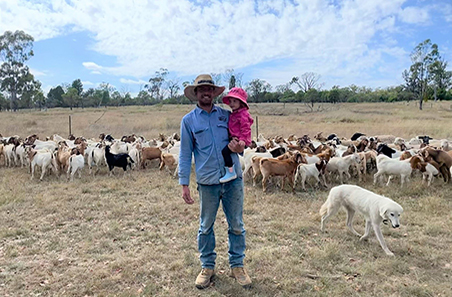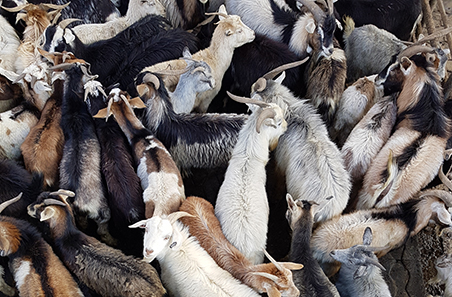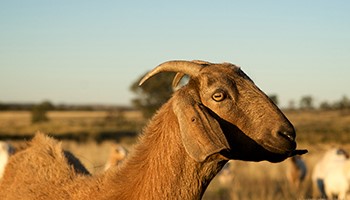
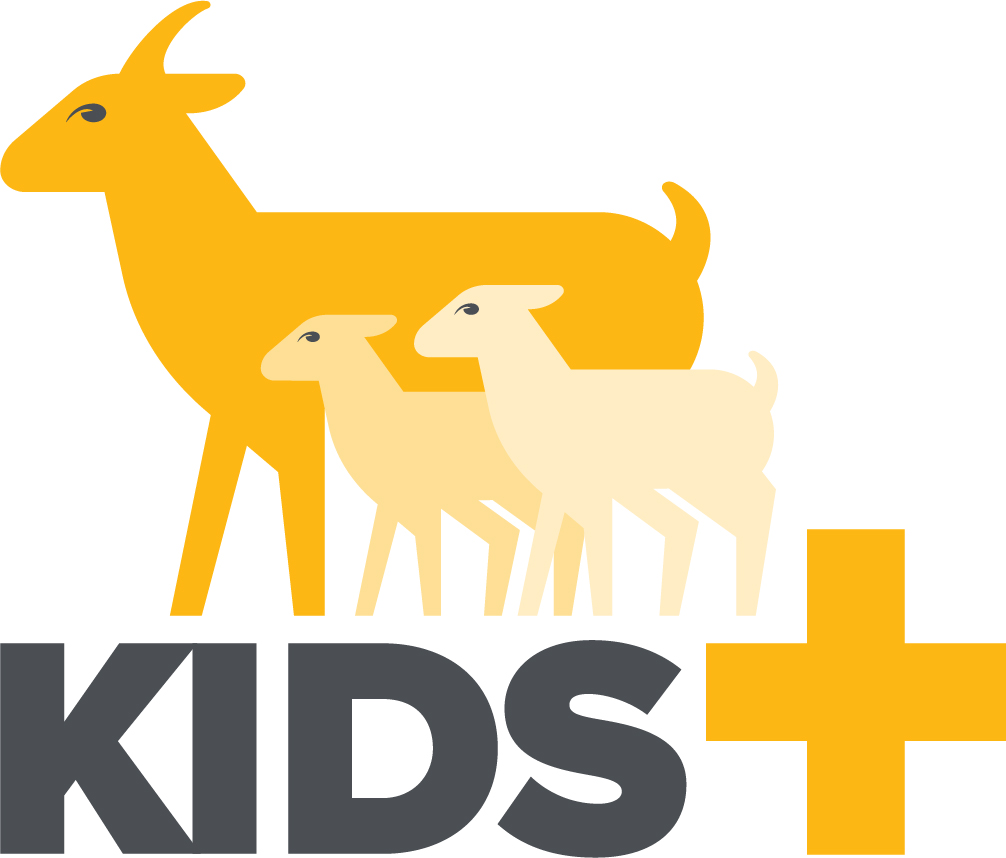
Kids +
Background
Improving reproductive performance in goats to increase productivity and profitability on-farm is the focus of an exciting research project, Kids+ – supported by the largest research investment to date for the goat industry. The $3.7 million project is being funded through the MLA Donor Company in partnership with the University of Queensland (UQ). The Department of Agriculture and Fisheries Queensland is also providing significant in-kind support for this project with the Goat Industry Research, Development and Adoption Committee having provided input to the project’s establishment and its ongoing progression.
Many producers are recognising the unique resilience of goats to the increasingly challenging climatic conditions in Australia. Climate change has caused changes to many grassland and pastoral systems, resulting in less grass production and increased shrubs and woody regrowth. Goats are primed to take advantage of these environmental changes because of their abilities to digest and thrive on browse dominant diets.
Herd performance insights to inform transformation of industry
Working with producer groups over a five year period, this project aims to inform a more sophisticated understanding of what contributes to herd performance so well-organised selection, breeding and management programs can be developed.
Identifying factors influencing goat reproductive efficiency is key to effectively accelerating the growth of this transforming industry. Determining reproductive performance benchmarks for the various goat production systems and causes of kid loss are key goals.
The project aims to:
- Benchmark goat reproductive performance across a range of production system types – extensive, semi-extensive and intensive.
- Evaluate the drivers of variation in goat production systems.
- Demonstrate improvements in productivity, profitability and welfare through improved management interventions.
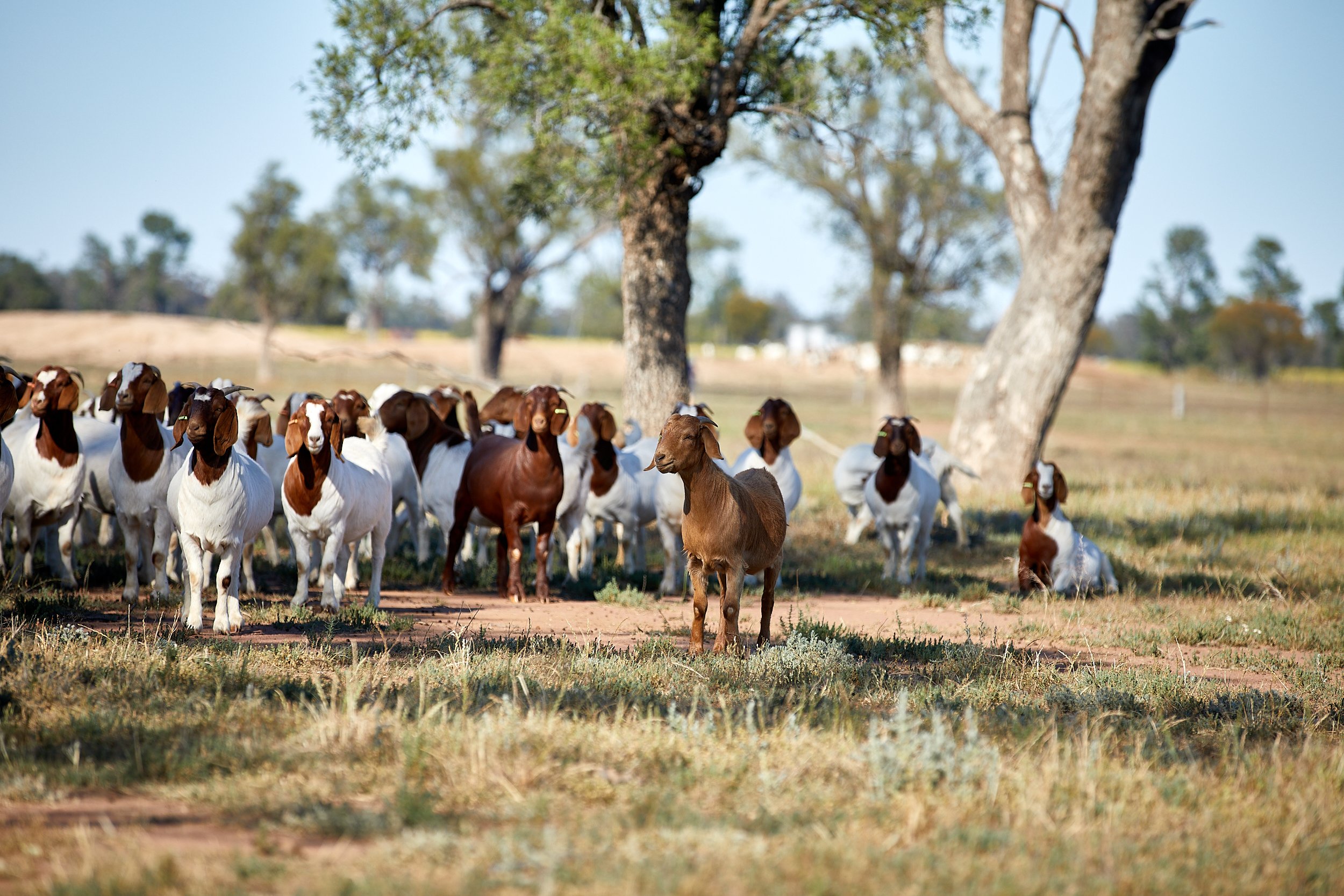
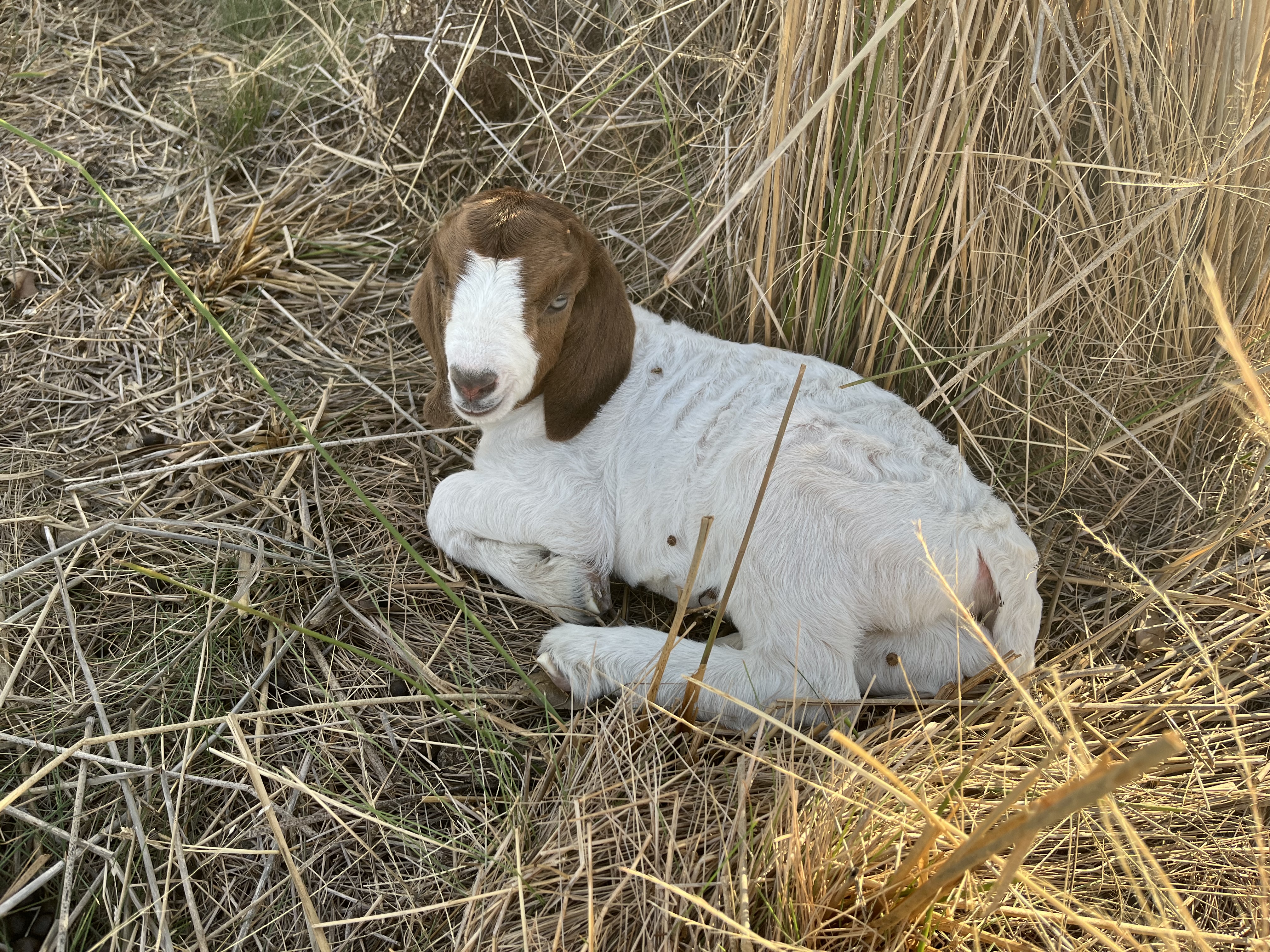
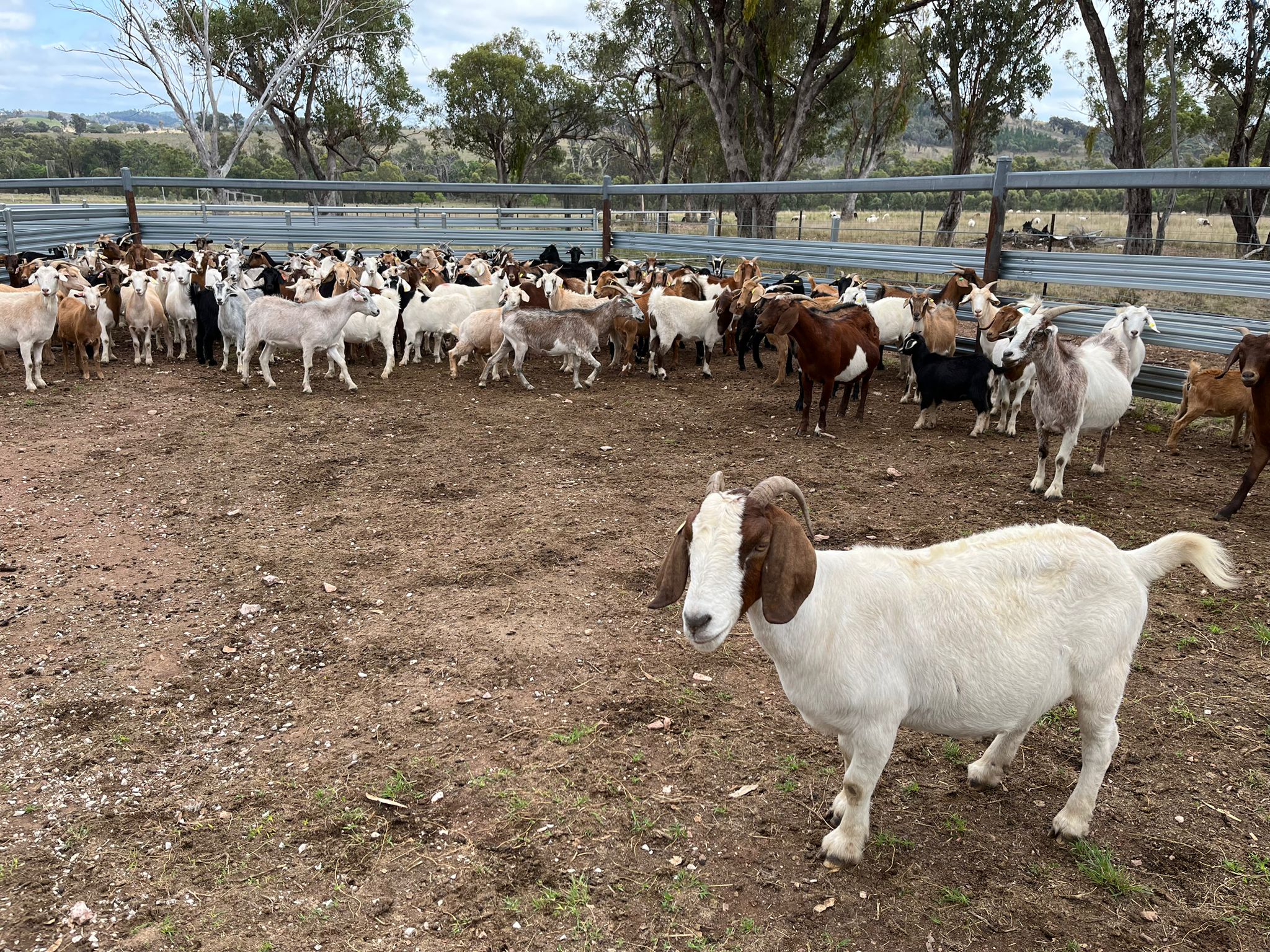
Producer clusters
Over five years, data will be captured from a minimum of 15 commercial properties and 15,000 animals in key goat producing regions in New South Wales and Queensland. Sites will be a mixture of extensive, semi-extensive and intensive goat production systems (see map below).
At each of the sites the project team will work with producers to collect key metrics on reproductive performance such as number of does joined, scanning rates (where possible), weaning rates and slaughter weight.
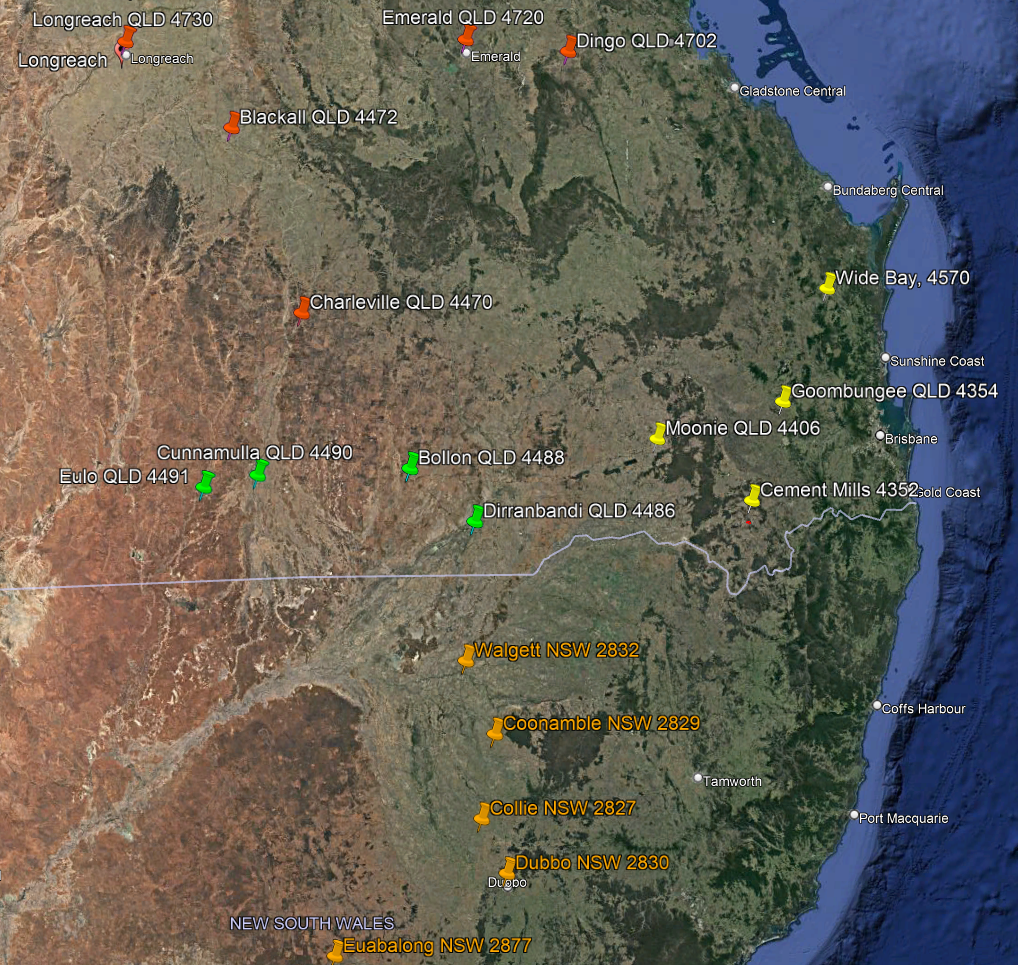
| System | Description of system |
| Extensive systems (ES) |
|
|
Semi-intensive system (SIS) |
|
|
Intensive system (IS) |
|
N.B these are generic descriptions and will vary by site. Each site will also collect weather data and will record qualitative observations.
Surveys
As part of the project UQ are looking to survey goat producers to determine the drivers of change in production systems, as well as perceptions on the future of the goat industry. Insights collected via this survey will be key to, informing the project team of producer goals, identifying research themes and to providing input into industry priorities.
Focus groups
Three focus groups will also be formed to contribute to engagement and development of demonstration farms in each of the production system types.
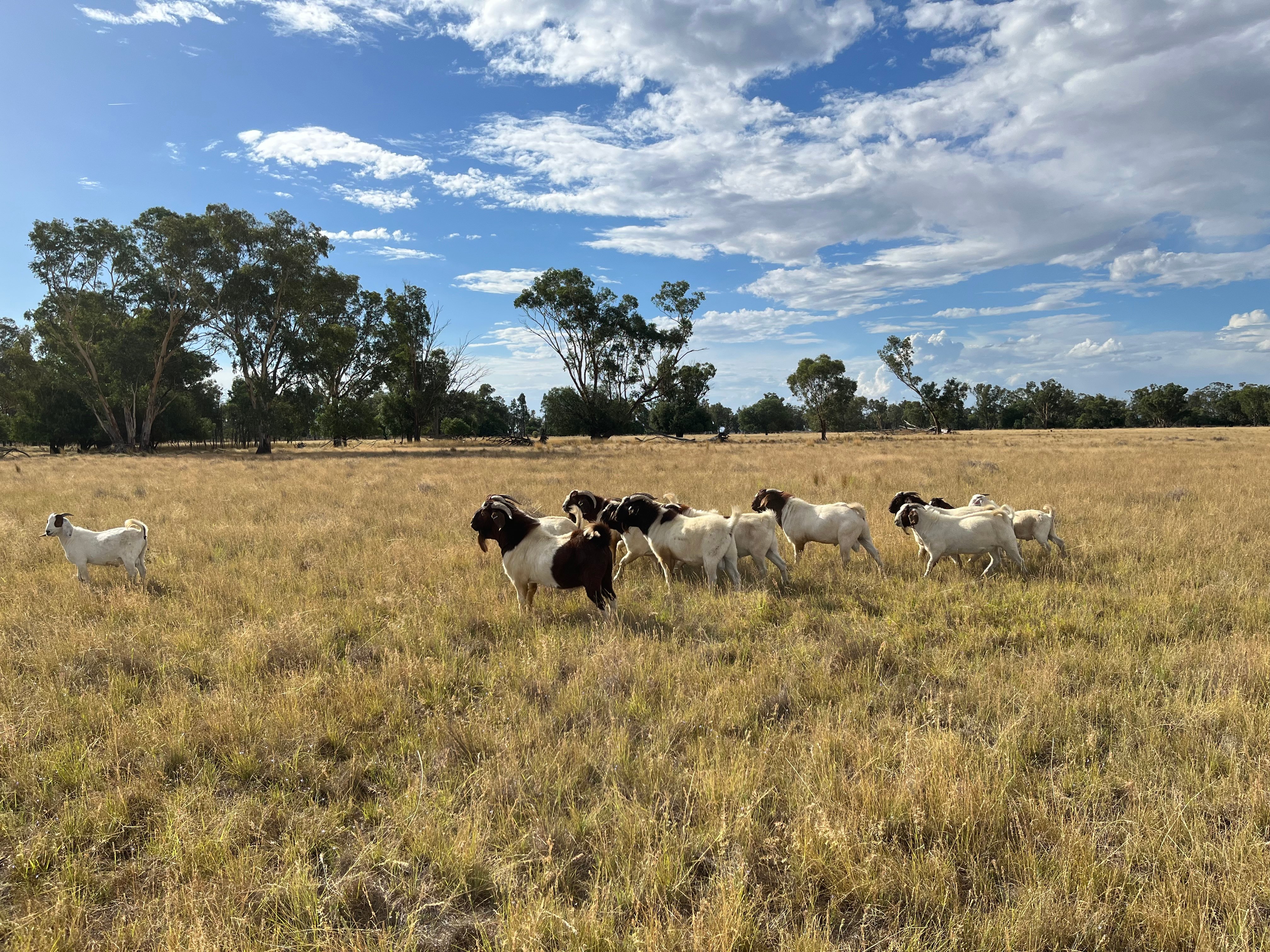
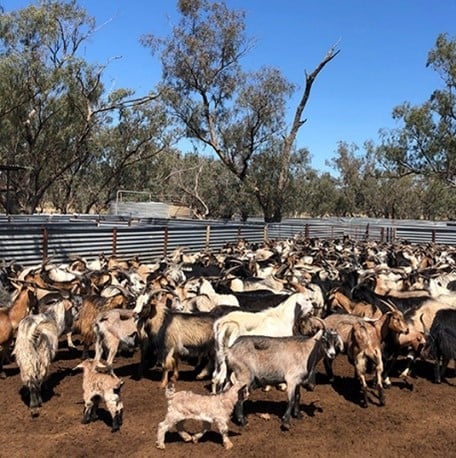
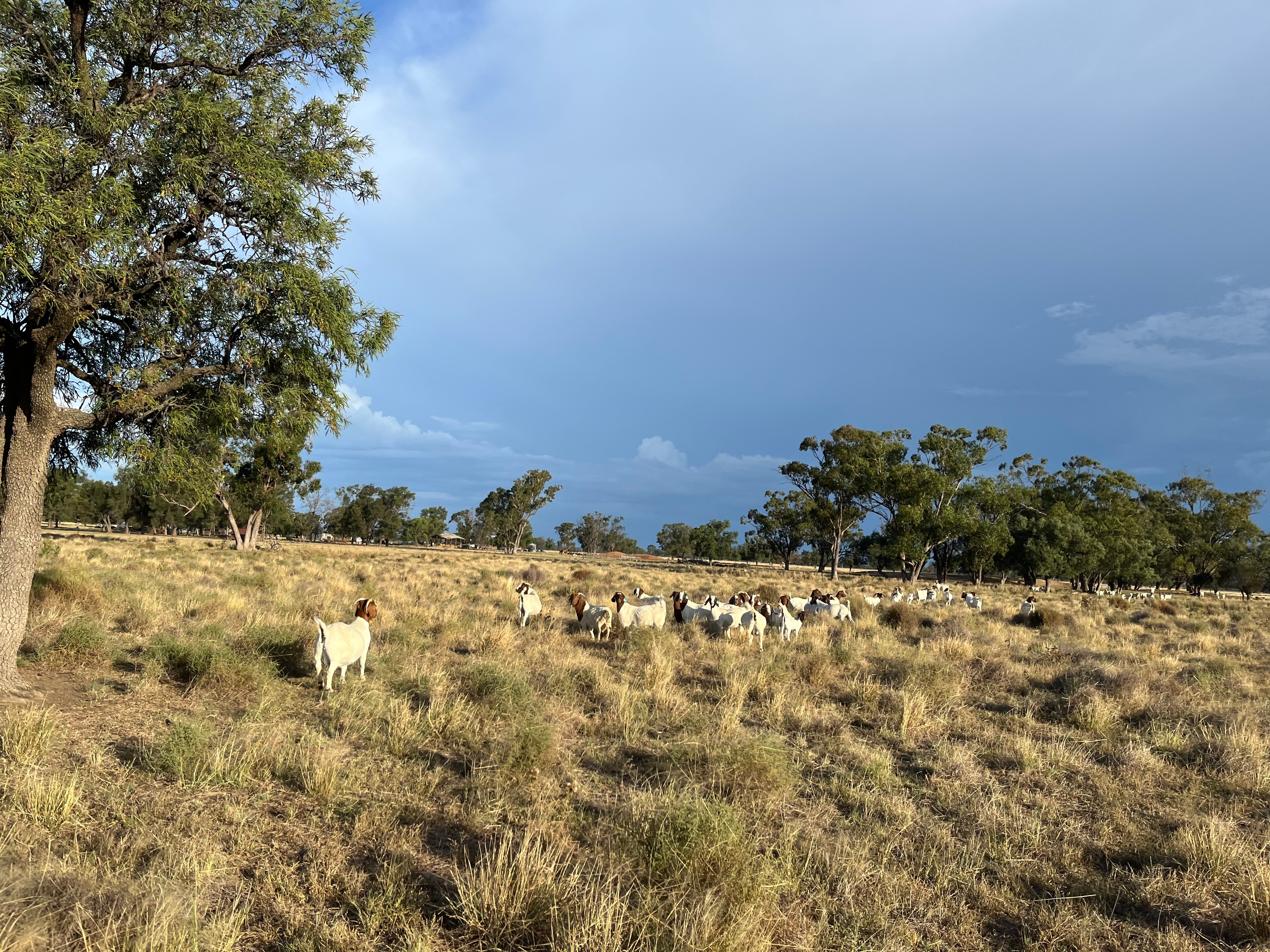
Meet the producers

Queensland goat producer, Pieter van Jaarsveld. Credit: Louw Hoffman.
Queensland goat producer, Pieter van Jaarsveld, Sunset Hill Boer Goats, Inglewood, is the Kids+ project manager and has goats in the trial.
“I’ve been involved in other goat trials with UQ and MLA and I did my honours thesis on a goat project involving similar data related to what this project is looking at,” Pieter said.
“The fact I was already doing research work on this topic but on a smaller scale meant it was a natural evolution to become involved in this project and go forward and get more data on a larger scale.
“It means we can benchmark goats as a whole as much as we can industry-wise and of course on-farm.”
Pieter runs around 2,000 breeding does, with all does and bucks individually eID tagged to enable data collection and full traceability.
He says the data Kids+ will collect over five years will provide producers with value at both an on-farm level and an industry level at a critical time for the industry.
“It’s a project where we get to measure kids being born, growing up and having kids over this whole period so you get more accurate data,” Pieter said.
“Producers in the project are from different production systems, so we get this wealth of data. We can compare it to various management methods in the industry to get a much clearer picture on what’s happening to goat numbers, genetics-wise and production-wise.
“It will enable the industry to see what can be achieved in collecting data and get more out of the data to help their business, as well as the potential to see what animals are doing on an individual basis as opposed to a mob,” Pieter said
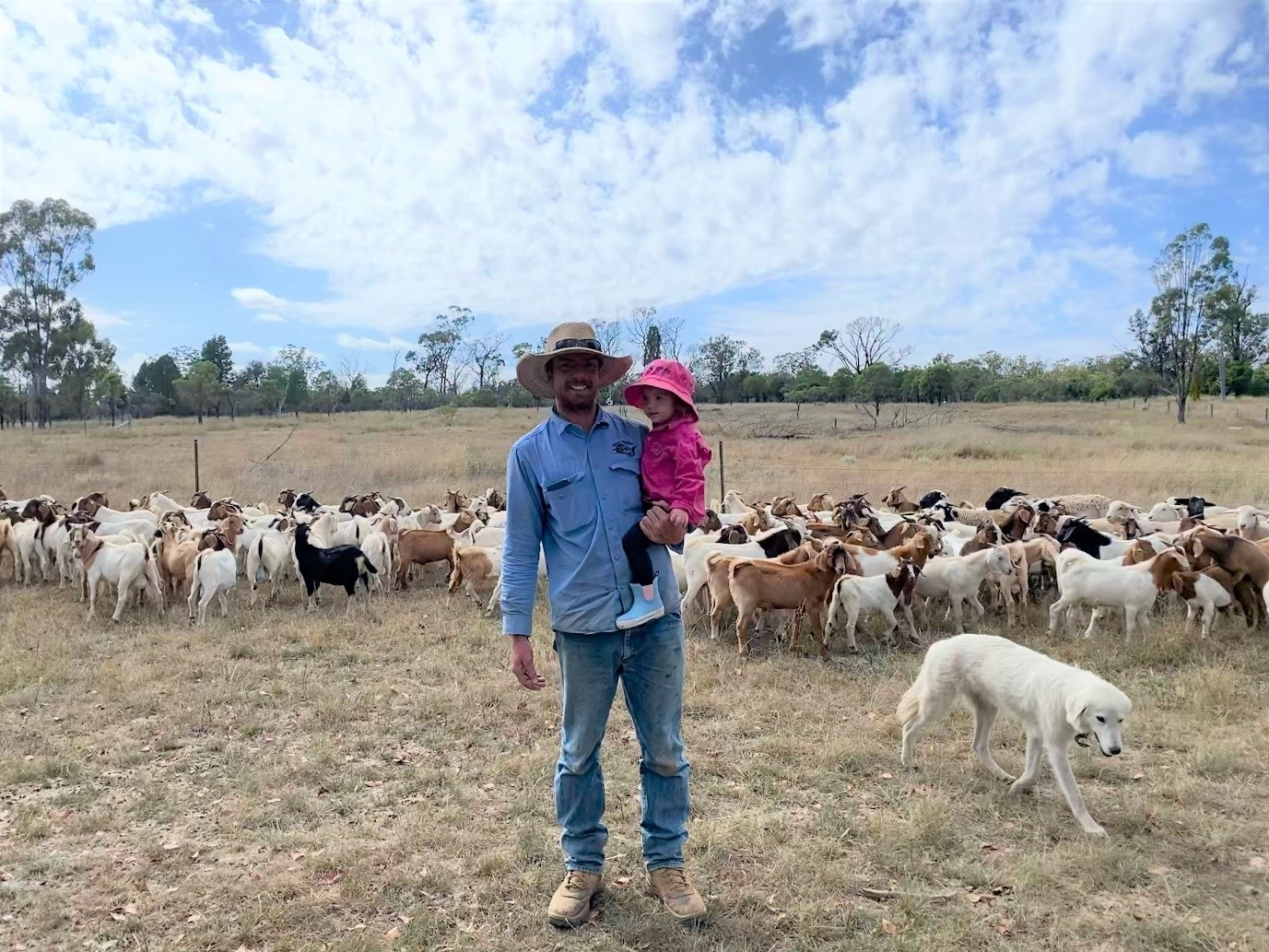
Angus Ramsey and daughter Zara. Credit: Louw Hoffman.
South-west Queensland goatmeat producer, Angus Ramsey of ‘Old Paisley’, Inglewood, is among the producers participating in the Kids+ project.
Angus, his wife Emily, daughter, Zara, and his parents, Peter and Julie, currently join 885 does, ranging from Rangeland to Boer goats and F1s, turning off goats in the 30kg to 34kg liveweight range.
“We’re really excited about the Kids+ project and collecting data,” Angus said.
“We have 155 first- and second-cross weaner does that have been tagged with RFID tags so far as part of the project. We currently have 730 does kidding out, and once those kids are weaned, we will tag those does and all of their kids.
“We will scan and weigh the goats and use the data to help make management decisions, rather than making decisions based on visual assessments. Particularly when it gets dry, we will be able to offload does based on their performance data because the data doesn’t lie.
“The data will also help inform other aspects of our business such as supplementary feeding programs when our does are kidding,” Angus said.
The Ramseys have been part of the goatmeat industry for four years and have focused on improving their herd genetics in that time.
“While the base of our herd was Rangeland, we have gone hard on improving genetics and buying in quality Boer and Kalahari billies,” Angus said.
“We produce F1 and F2 billies which we sell to other local goat producers. We run our operation across 2,000 acres, so we need it to be profitable and producing goats that are tough enough to thrive on some of our Traprock country is important.”
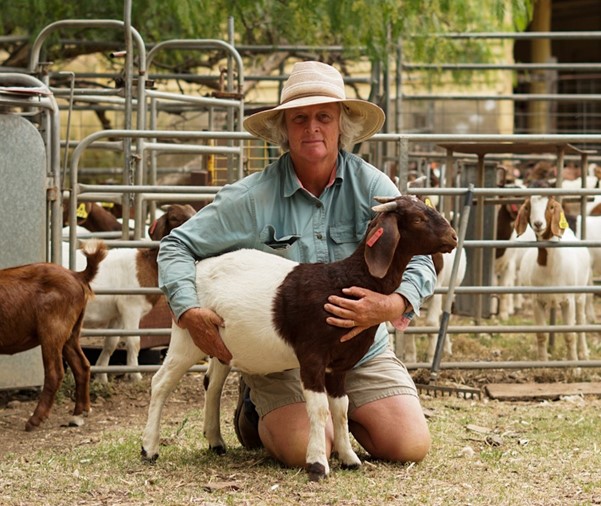
Queensland seedstock producer, Helen Darlington. Credit: Louw Hoffman.
Queensland seedstock producer, Helen Darlington of Yarrabee Boer Goat Stud, Goombungee, said she was motivated to participate in Kids+ to help the industry develop and mature.
For the Kids+ project, data is being collected on approximately 100 of Helen’s breeding does and their progeny.
Helen is also supplying data she has collected over the past 25 years for researchers to analyse.
“I collect a lot of data and have been in the industry a long time. All the goats I breed are single sire mated so I know the parentage history of every goat I’ve bred,” Helen said.
“I wanted to have a role in contributing to helping the goat industry evolve and also play a future role in providing advice to producers. I always have animal welfare at the forefront of my mind so I also thought it would be interesting to see comparisons of data on things like survival rates and multiplication rates.
“There are many producers who are new to the industry and for some, goats have been more of an opportunistic venture as opposed to a carefully managed operation.
“This project will provide a wealth of information to producers about what they can achieve compared to what they are achieving from a productivity, profitability and welfare perspective,” Helen said.
How to get involved
- Complete the producer survey
- Follow Kids+ in the Goats on the Move newsletter, subscribe here
- Contact the team (details below).
Resources

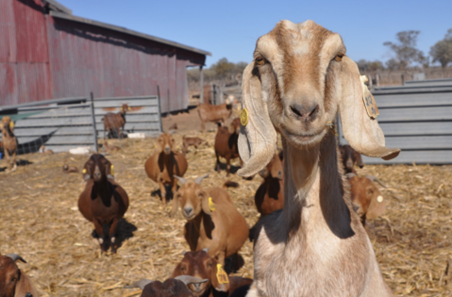
Going into goats guide
This information package includes 12 free, downloadable modules that explain the essential processes for a successful goat production system.

